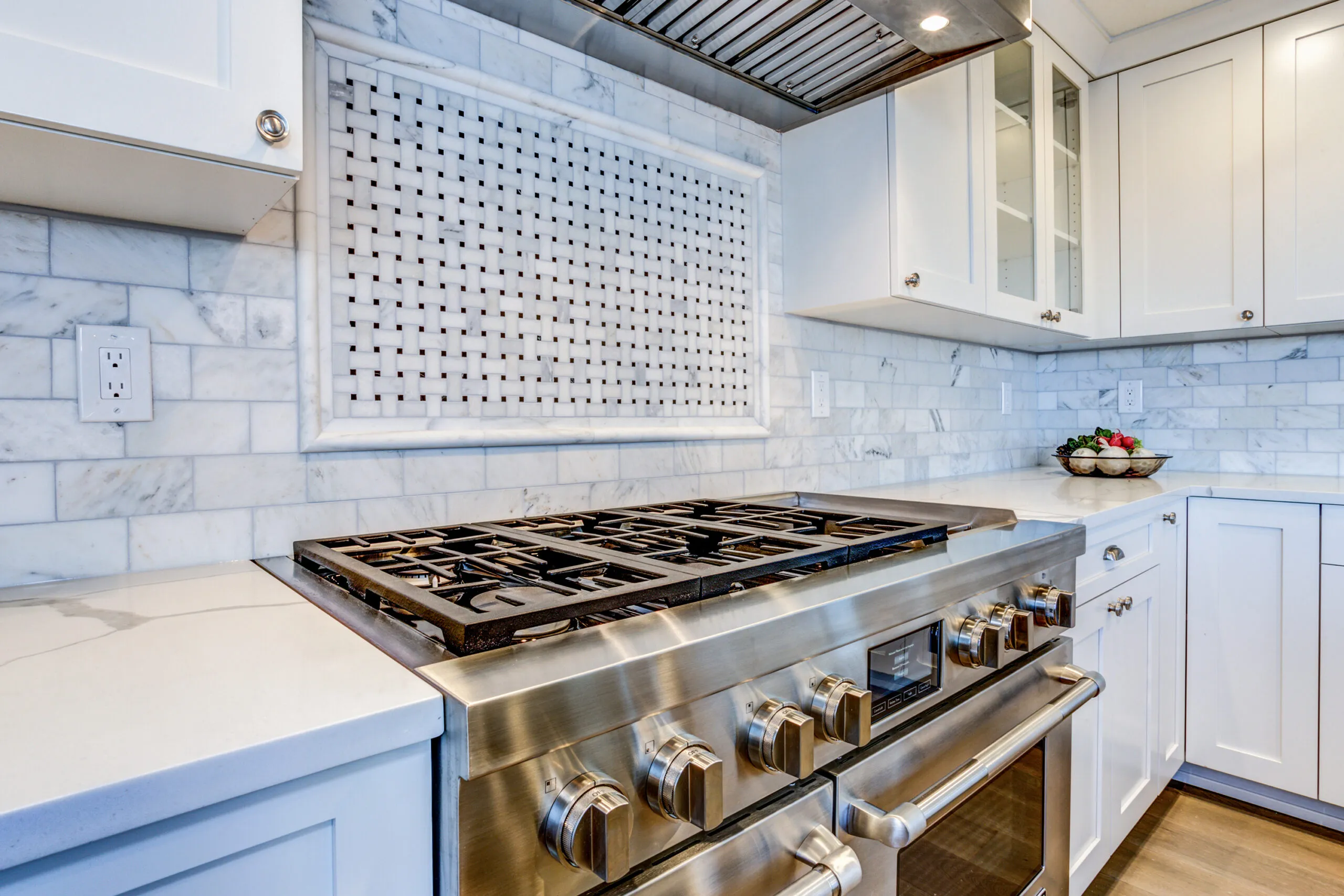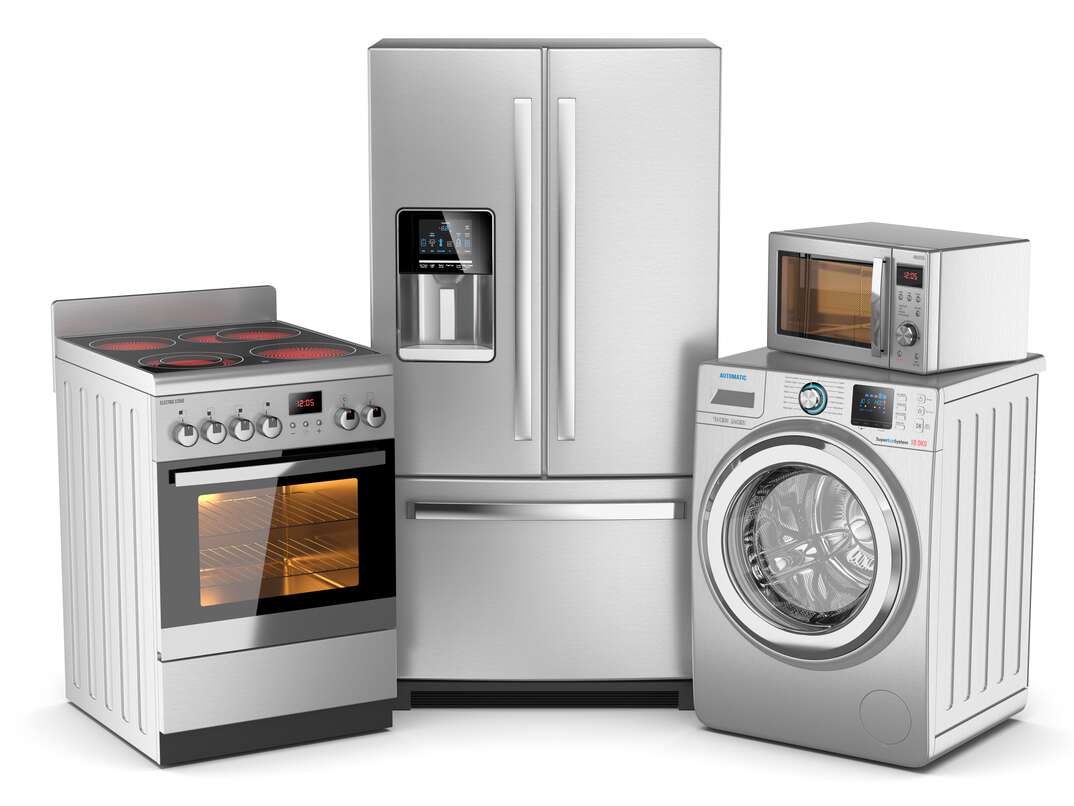It can be exciting to help a customer pick out new appliances, especially if they're moving into a new house or undertaking the remodel of an existing home. Oh sure, there are lots of decisions, from the big ones like "how much can we spend?" to less life-altering, but still important decisions such as color, style of refrigerator and/or range, cabinet and countertop materials, and so on. These decisions can be anywhere from fun to nerve-wracking, but the end result is a kitchen, or maybe just a new range or refrigerator, that says something about you, your taste, and your house.
One thing that almost no one asks about is ventilation. First of all, ventilation is boring!! I've been sitting in front of my laptop for a while now, and I still have no idea how to jazz up this subject!
While we do get the rare customer whose rangehood just died, and they need to replace it, for the most part the exhaust fan is either not considered by my customers, or is an afterthought, a throw-in to the rest of their appliance package. I've learned that for the most part consumers are not up to speed on how to choose a hood. Consumer magazines and consumer-friendly websites often go into great detail rating stoves and fridges in different fuels and styles, but you have to search to find a decent discussion of vents. (I've also noticed that a lot of salespeople are less than enthusiastic about the ventilation discussion.) My hope in this blog is to give you at least an overview of your choices.
Essentially, there are three types of ventilation units: Overhead hoods, Over-the-range microwave-hood combos, and Downdraft vents.
First, the traditional overhead hood:
You also can get a shiny stainless steel or glass island hood that suspends from the ceiling, has a much stronger blower, much larger filters to capture grease and smoke, and is aesthetically pleasing, adding to the flavor and decor of your kitchen. Expect to pay somewhere between $1500 to $4000 for such a piece.
Then there's the middle ground, where most people wind up. Pricing is usually $250-$800. More $$ gets you a stronger blower (measured by CFM, or cubic feet per minute, of air movment), better capture, nicer lighting, and a nicer "fit-and-finish".
Basically, hoods are mounted under an existing cabinet, or suspend from the ceiling. Ceiling hoods are naturally more money, not just for the simple reason that there is more body to the hood, but also because a ceiling hood has more "eye appeal". Just as backless ranges and shallow refrigerators cost more, you will pay what I call a "fashion premium" for nicer looking hoods.
Recirculating vs. ducted setups
Now, perhaps your kitchen is set up so that you can't duct the heat and the grease out. Most hoods offer "recirculating" options. Do they work? Well, yes and no. Dave, one of my long-time co-workers, will often tell his customers flat-out "No! Don't even bother!". I think that may be a tad too pessimistic. I do think a recirculating hood is better than no hood at all, but it is also no match for a ducted hood. The article below articulates this better than most, I think.
https://kitchenambition.com/do-ductless-range-hoods-work/
If you are going to recirculate, you will get better performance by changing the charcoal filters regularly, something almost no one remembers to do once the hood is purchased and mounted!
Over-the-range microwave- hood combination unitsOver-the-range (OTR) microhoods have been a very popular option since the early 90's. Often this can be the right solution for smaller kitchens, as you are combining two appliances into one, thus getting the microwave off the counter and freeing up valuable prep space. The CFM varies from 300 to 450. Is that enough power? Nominally yes. Will they do the same job as a conventional hood? Not quite. OTRs are limited by their design to the amount of capture space they can offer, so they don't "suck up" quite as much smoke as traditional hoods with their full side-to-side filters. Nonetheless, they will still do an adequate job.
Hint: if you're cooking something with a strong smell, such as onions, turn the vent on BEFORE you start cooking! This way you will already have an updraft, and you are allowing the microhood to do its job better.
Downdrafts became popular as far back as the 70s and 80s, as companies like Jenn-Air introduced "grill ranges", offering a grill/griddle insertable module on their electric or gas ranges. They employed a blower motor inside the stove that pulled all the smoke and grease down through a vent in the stove, and then through ducting into your basement. Did it work? Well, again, not as well as an updraft. The main appeal of a downdraft is usually in the aesthetics, espcially in an open-floor-plan setup, rather than performance.
A passing thought: feedback I received from customers over the years is that they almost never grilled indoors (too much grease and cleanup!)
Finally, two items I'd like to touch on:
1) "Make-up air". More and more towns are requiring a makeup air system on new homes if the CFM of the hood exceeds 399. Why is this? This article explains:
https://kitchen.services/your-guide-to-make-up-air-system/
(So if you notice while hood-browsing that a lot of hoods seem to have 395 CFM, now you know why - these hoods stay just under the threshold for makeup air requirements!)
2) Noise: The last time I checked the Internet for a list of quietest hoods, I noticed that every model on the Quiet list had one other aspect in common: They weren't very powerful! At full power, a venthood is going to make noise. Just about every hood has multiple speed settings, so if you don't need to run the blower at full power, simply turn it down, and your hood will instantly be quieter! There's not much one can do about insulating a hood to make it quieter without decreasing performance at the same time.
*** If you have any questions on any of this, please feel free to reach out to me via email, or talk with any of the sales professionals in our ten stores. ***















